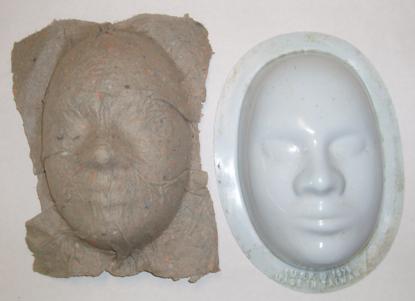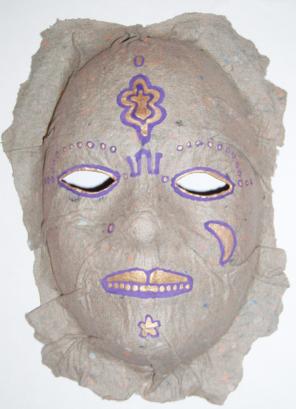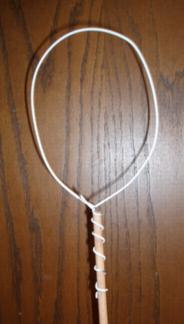
 Paper
masks
Paper
masks
Historically, masks have been around as long as history has been recorded. While clothing covers the skin for both decorative and protective purposes, a mask can hide the identity of an individual, adding mystery. Ancient Greek theater drew heavily from a tradition of masks, but the form that I will work with here is more typical of the renaissance or later. By placing the mask on a stick, it need not be attached to the wearer's face, and is more easily utilized as an artistic prop.
|
Materials:
|
Since I am making a paper mask, the first step I will go through is to make a sheet of paper. Paper is very malleable, and it will keep the form of however you allow it to dry. So, I will use a wet piece of recycled paper to create the basic shape for my mask.









